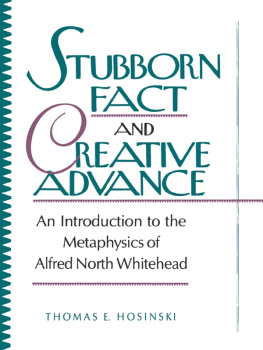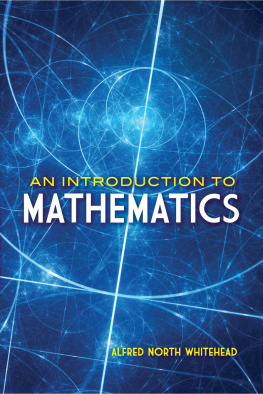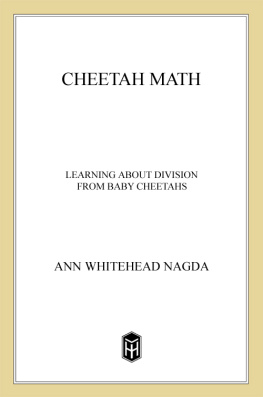THE RELIGIOUS LIFE OF INDIA
THE VILLAGE GODS OF SOUTH INDIA
BY THE
RIGHT REVEREND HENRY WHITEHEAD, D.D.,
BISHOP OF MADRAS
SECOND EDITION, REVISED AND ENLARGED
1921
Henry S. Whitehead
Henry St. Clair Whitehead was born in New Jersey in 1882. He graduated from Harvard University in 1904, having been in the same class as future American president Franklin D. Roosevelt, and was ordained as a deacon in Episcopal Church in 1912. Between 1921 and 1929 he served as acting archdeacon of the Virgin Islands, where he gathered much of the material he was to use in his speculative fiction. An early correspondent of fellow writer H. P. Lovecraft, Whiteheads stories appeared from 1924 onwards in Weird Tales and a number of other pulp magazines. His 1944 collection, Jumbee and Other Uncanny Tales, is regarded as a classic of horror literature. Whitehead spent his later life in Dunedin, Florida, and died in 1932, aged 50.
PREFACE
THE material for this account of the village gods of South India has been gathered almost entirely from my own observation and inquiry. I have been able to get little help from books, as this is, I think, the first attempt at dealing systematically with this aspect of Indian religion. It does not pretend to be anything like an exhaustive account of all the various rites and ceremonies observed in the worship of the village deities. The variety of ritual and ceremonial in the different districts of South India is almost endless, and I have not attempted in this book to give an account even of all the various ceremonies that have come within my own knowledge. Perhaps it would be more correct to call the book An Introduction to the Study of the Village Gods of South India. I believe, however, that all the main types of this particular form of Hinduism are included in the following pages, and that enough has been said to enable the reader to get a fairly complete idea of its general character and to compare it with similar forms of religion in other parts of the world.
I have to acknowledge the kindness of the Editor of The Nineteenth Century and After for allowing me to reprint in portions of articles contributed by me to that Magazine. I owe the drawings from which illustrations have been made to Mrs. Whitehead; while Miss Stephen, the Archdeacon of Madras, and other friends have most kindly supplied me with the photographs used for that purpose; and the Government of Madras has generously allowed me to use the plates for some of the illustrations which previously appeared in a bulletin that I wrote some years ago for the Madras Museum.
A Glossary of Indian Terms and several Indices have been included in order to facilitate reference to the large amount of unfamiliar detail which the book contains.
HENRY MADRAS.
INTRODUCTION
THE worship of the village gods is the most ancient form of Indian religion. Before the Aryan invasion, which probably took place in the second millennium B.C., the old inhabitants of India, who are sometimes called Dravidians, were a dark-skinned race, with religious beliefs and customs that probably did not greatly differ from those of other primitive races. They believed the world to be peopled by a multitude of spirits, good and bad, who were the cause of all unusual events, and especially of diseases and disasters. The object of their religion was to propitiate these innumerable spirits. At the same time, each village seems to have been under the protection of some one spirit, who was its guardian deity. Probably these village deities came into being at the period when the people began to settle down in agricultural communities. We may see in them the germs of the national deities which were so prominent among the Semitic races and the great empires of Egypt, Nineveh, and Babylon. Where the family developed into a clan, and the clan into a tribe, and the tribe into a nation, and the nation into a conquering empire, the god of the family naturally developed into an imperial deity. But in ancient India, before the coming of the Aryans, the population seems to have been split up into small agricultural and pastoral communities. There were no nations and no conquering empires. And it was not till the Aryan invaders had conquered North India and had settled down in the country, that there was in India any growth of philosophic thought about the world as a whole. The problem of the universe did not interest the simple Dravidian folk. They only looked for an explanation of the facts and troubles of village life. Their religion, therefore, did not advance beyond a crude animism and belief in village deities. Later on, after the Aryans had overrun a large part of India, and the Brhmans had established their ascendency as a priestly caste, the old Dravidian cults were influenced by the superior religion of the Aryans, and strongly reacted on them in turn.
The earliest Indian philosophical systems arose in the sixth century B.C., under the stimulus of the desire to escape from transmigration. Two of these developed into new religions hostile to Hinduism, namely Jainism and Buddhism, while others remained in the old faith. All exercised a profound influence on the thought of India and also modified religious practice in certain respects. On the other hand, the crude ideas and barbarous cults of the omnipresent aboriginal tribes, constantly pressing upon the life of the Aryans, found entrance into their religion at many points. Thus the old polytheistic nature-worship of the igveda, with its animal sacrifices offered in the open air, and its simple, healthy rules for family and social life, was gradually transformed into a great mass of warring sects holding philosophical ideas and subtle theological systems, and condemning animal sacrifice, yet worshipping gross idols, and bound by innumerable superstitions. Caste arose and became hardened into the most rigorous system of class distinctions that the world has ever seen, inspired and justified by the doctrine of transmigration and karma.
What we now call Hinduism, therefore, is a strange medley of the most diverse forms of religion, ranging from the most subtle and abstruse systems of philosophy to primitive forms of animism. At the same time, the primitive forms of Dravidian religion have been in their turn greatly modified by Brhman influence. For the most part, the same people in town and village worship the village deities and the Brhman gods. There are a few aboriginal tribes in some of the hill tracts who are still unaffected by Brhman ideas or customs, but in the vast majority of the districts the worship of the village deities and the worship of iva and Vishu go on side by side; just as in China Confucianism and Taoism are not rival religions but complementary creeds.
To the student of comparative religion the study of the weird rites and ceremonies connected with the propitiation of the village deities is interesting, because it reveals many points of contact with primitive forms of religion in other lands, and also because it enables the student to see these primitive religious ideas in very different stages of development. To the Christian the study has a still greater interest, because, amid all their repulsive features, these rites contain instinctive ideas and yearnings which find their satisfaction in the highest truths of Christianity.









